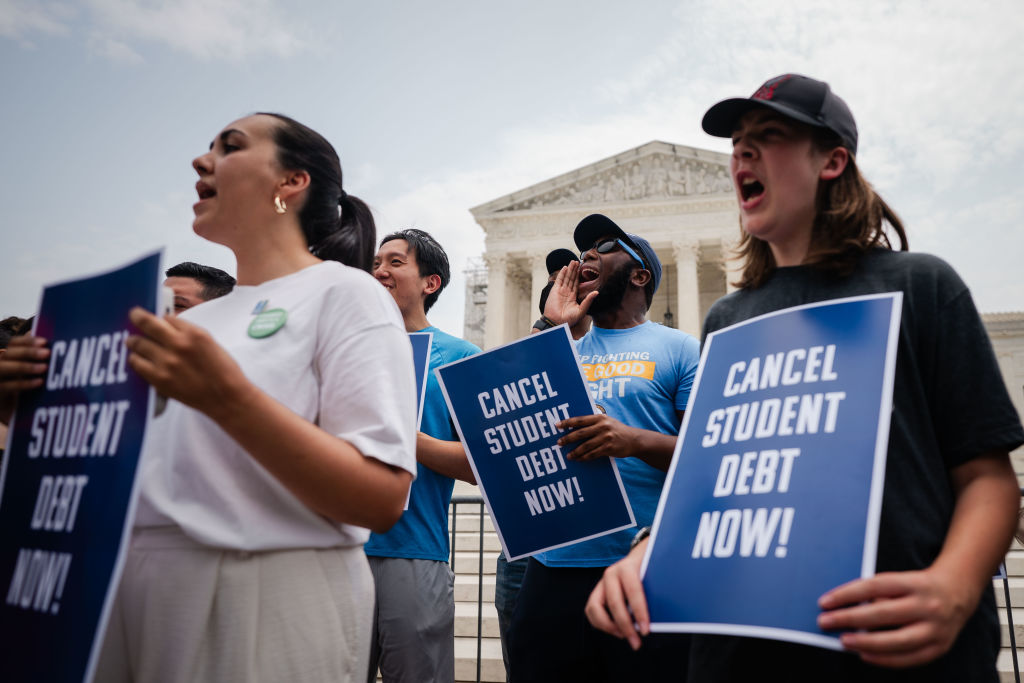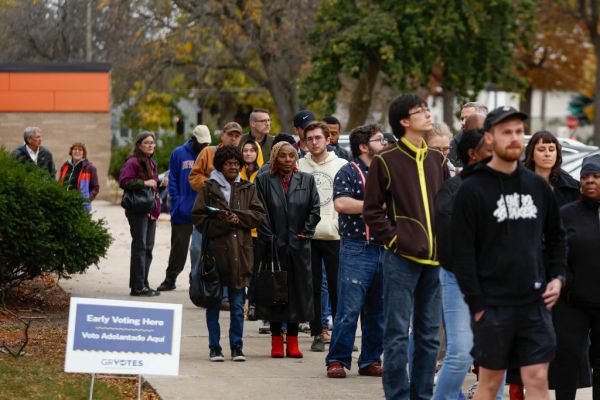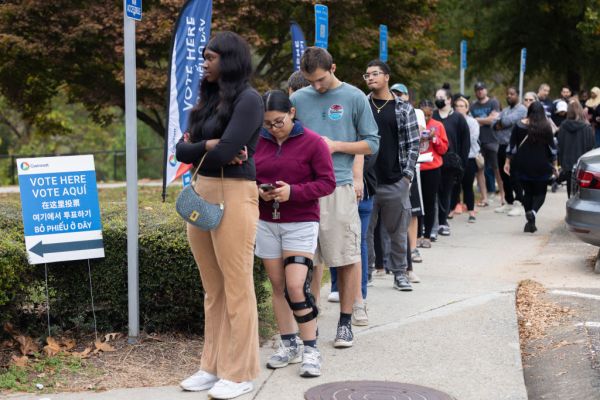The anti-Zionist organization Defund Israel Now detailed in a recent tweet what the U.S. government could have done with the billions of dollars in aid sent in support of Ukraine and Israel’s war efforts.
The post was shared two days later by a user on Instagram, getting more than 37,000 likes. While the U.S. has provided both Ukraine and Israel with billions in military aid, the other cost figures listed in the post significantly understate the cost of their associated programs. Let’s tackle each individually.
How Much Aid?
The post’s first claim is that the U.S. has provided more than $100 billion in military aid to Ukraine and Israel. According to the Congressional Research Service, as of January 3, 2024, the U.S. had committed about $44 billion in security assistance to Ukraine since Russia’s invasion of the country in February 2022. According to the Kiel Institute for the World Economy, the U.S. had committed approximately $77.6 billion since January 2022 when factoring in financial and humanitarian assistance to Ukraine between January 24, 2022 and October 31, 2023—more than any other nation in the world. Congress has not passed a spending package for military aid to Israel. However, the Biden administration has approved two emergency sales of military equipment to Israel, one for $106 million and one for $147.5 million. The U.S. currently sends Israel $3.8 billion annually in military aid.
Free College
According to a 2020 report by Georgetown University’s Center on Education and the Workforce, first-year costs for three different free-college models would cost anywhere from $27.8 billion to $75 billion. While the $56 billion figure proposed by the post falls comfortably within this range, these numbers represent only the cost of a free-tuition program in its first year—ongoing free tuition would cost significantly more when aggregated over multiple years. The report found that the plan proposed by President Biden, which would cover tuition and fees, as well as allow other financial aid to be used by students to cover additional costs, is estimated to cost $683.1 billion over 10 years. However, the Georgetown report also found that additional tax revenues resulting from higher educational attainment and workforce salaries could exceed the annual cost of the Biden plan within 10 years, allowing it to functionally pay for itself at that point.
Homelessness
The $20 billion figure to end homelessness originates from an unofficial estimate made in 2012 by Mark Johnston of the Department of Housing and Urban Development (HUD). Johnston was quoted in the New York Times in a 2012 story addressing homelessness rates during the Great Recession: “Mark Johnston, the acting assistant housing secretary for community planning and development, estimated that homelessness could be effectively eradicated in the United States at an annual cost of about $20 billion,” said the story’s closing paragraph.
This number is not accurate, however. In a 2021 story by Verify, Johnston clarified his previous remarks to the New York Times. “It wasn’t formal, wasn’t verified, wasn’t approved by HUD. And it’s certainly very much out of date now, 10 years later,” he said. Politifact reported on similar claims in August 2021, concluding that there was no consensus on the cost of ending homelessness, and that “It would likely cost significantly more than $20 billion to house America’s homeless population, after factoring in the expansion of the federal housing voucher program and affordable housing development.”
Student Debt
The $6 billion estimate for ending student debt is wildly inaccurate. A 2023 report by the Education Data Initiative found that student loan debt in the U.S. totalled $1.766 trillion. The Biden administration’s 2022 student debt relief plan, which was designed to forgive only limited amounts of debt for certain eligible borrowers, was estimated by the U.S. Department of Education to cost an average of $30 billion annually over the next decade.
The Supreme Court struck down Biden’s 2022 plan for overstepping authority granted under the HEROES Act. But Biden has found other ways to cancel debt, approving over $132 billion of debt forgiveness for more than 3.6 million Americans.
Free Health Care
There is no consensus on the cost of implementing government-funded health care in the U.S., but estimates from a variety of policy groups and economists are significantly higher than the $12 billion claimed in the post. In October 2019 the New York Times asked economists at five institutions across the ideological spectrum—including the RAND Corporation, Mercatus Center, and Urban Institute—to provide estimates on the total cost of a “Medicare for all” health care plan, which would expand the government-funded Medicare program to cover the health care costs of all Americans. Yearly cost estimates ranged from progressive economist Gerald Friedman’s $2.76 trillion to the Urban Institute’s $3.87 trillion projection, representing a significant percentage of the nation’s yearly budget.
Military aid to Ukraine and Israel is certainly sizable, and the merits of such support is open for debate. However, claims that the money spent on defensive aid could alone fund a slew of progressive policy programs is inaccurate and misrepresents the immense cost associated with these programs.
If you have a claim you would like to see us fact check, please send us an email at factcheck@thedispatch.com. If you would like to suggest a correction to this piece or any other Dispatch article, please email corrections@thedispatch.com.









Please note that we at The Dispatch hold ourselves, our work, and our commenters to a higher standard than other places on the internet. We welcome comments that foster genuine debate or discussion—including comments critical of us or our work—but responses that include ad hominem attacks on fellow Dispatch members or are intended to stoke fear and anger may be moderated.
You are currently using a limited time guest pass and do not have access to commenting. Consider subscribing to join the conversation.
With your membership, you only have the ability to comment on The Morning Dispatch articles. Consider upgrading to join the conversation everywhere.